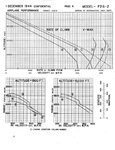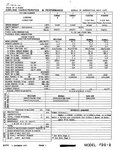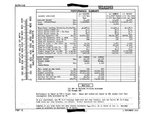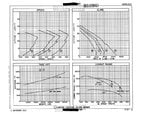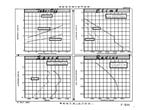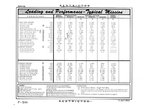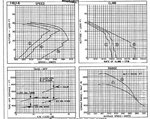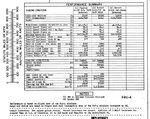Harry64
Airman
As I found so different performance data of this two aicraft in the net, I would ask the specialists here in the forum for official or primary sources for performance data and comparison.
Examples for statements I found:
"the Grumman F8F Bearcat, that could do all the F2G could do"
or
"The F2G was designed to "'get it" up to altitude quickly, as was the F8F Bearcat, to counter the Japanese kamikaze threat. The expression "climbs like a homesick angle" was coined with the performance of the F2G. 6000 feet per minute climb is in the neighborhood of twice that of any preceding Corsair or other prop driven aircraft of the time."
Okay that is interesting, but maybe anyone has real data for the performance of this two aircraft or an official Navy comparison?
Harry
Examples for statements I found:
"the Grumman F8F Bearcat, that could do all the F2G could do"
or
"The F2G was designed to "'get it" up to altitude quickly, as was the F8F Bearcat, to counter the Japanese kamikaze threat. The expression "climbs like a homesick angle" was coined with the performance of the F2G. 6000 feet per minute climb is in the neighborhood of twice that of any preceding Corsair or other prop driven aircraft of the time."
Okay that is interesting, but maybe anyone has real data for the performance of this two aircraft or an official Navy comparison?
Harry

